Can UV treatment effectively combat Spironucleus salmonicida?
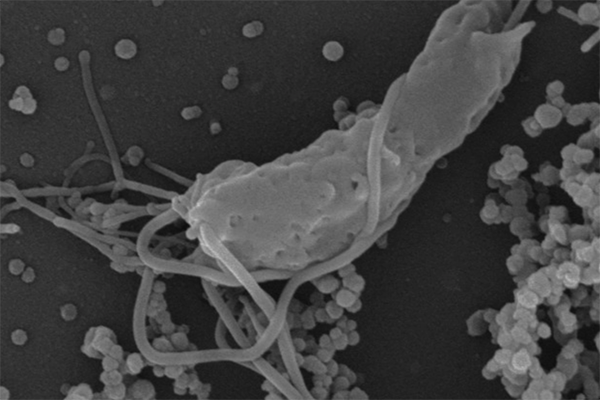
Norwegian research group Nofima has developed a new tool to effectively combat the parasite Spironucleus salmonicida in hatchery facilities.
That UV treatment is proving to be an effective method is positive news for stakeholders in the aquaculture industry who have long struggled with this single-celled parasite that can cause disease in farmed salmon at sea and is notoriously difficult to eradicate in hatchery systems.
Scientists believe that farmed fish are initially infected in freshwater. New research efforts show that proper use of UV light can effectively eliminate this rare but harmful parasite.
Nofima researchers tested both low-pressure and medium-pressure UV lamps in a controlled laboratory trial, allowing the parasite to be exposed to various UV doses. With survival after treatment examined, the results showed that medium-pressure lamps were significantly more effective.
“With medium-pressure lamps, we observed no surviving parasites at a dose of 50 mJ/cm² or higher,” said research manager Lill-Heidi Johansen. Even at lower doses of 10 and 25 mJ/cm², the parasites were weakened and died within 48 hours.
Based on these findings, researchers recommend a dose of at least 50 mJ/cm² when using medium-pressure UV lamps in hatchery facilities.
“However, the dose should be adjusted according to water quality. For example, a higher level of organic material in the water can reduce the effectiveness of UV treatment,” Johansen points out. Researchers will now begin fish trials at RAS (recirculating aquaculture system) facilities at the Fish Health Laboratory at the Aquaculture Station in Tromsø. Researchers will also study the effects of ozone treatment, and where in the RAS system the parasite is located.
UV lamps that emit ultraviolet light disinfect water. This disrupts the genetic material of harmful microorganisms in the water. Light intensity is measured in millijoules per square centimetre (mJ/cm²). Higher doses are required for more resistant organisms. The research project is funded by FHF and led by the Institute of Marine Research.
Now that you've reached the end of the article ...
… please consider supporting GSA’s mission to advance responsible seafood practices through education, advocacy and third-party assurances. The Advocate aims to document the evolution of responsible seafood practices and share the expansive knowledge of our vast network of contributors.
By becoming a Global Seafood Alliance member, you’re ensuring that all of the pre-competitive work we do through member benefits, resources and events can continue. Individual membership costs just $50 a year.
Not a GSA member? Join us.
Author
Related Posts
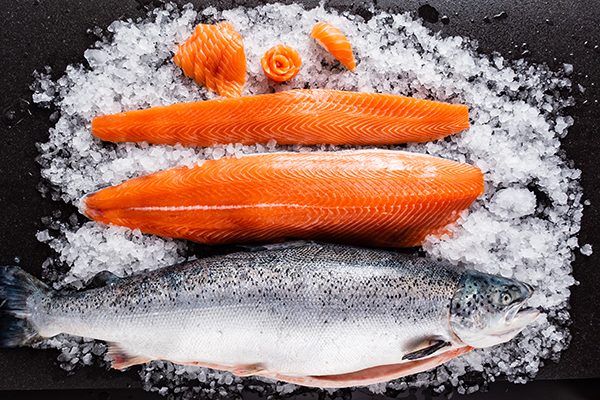
Aquafeeds
Aquaterra’s canola oil improves salmon fillet quality in Nofima trials
Aquaterra® Advanced Omega-3 canola oil is shown to improve the visual and nutritional quality of farmed salmon when included in their diets.
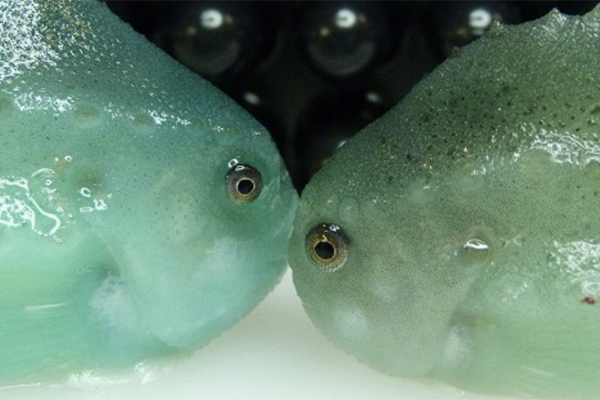
Aquafeeds
Can leftover lumpfish be used to feed small king crabs?
A Nofima trial explores whether whole or processed lumpfish can boost the appetite and feed intake in small king crabs.
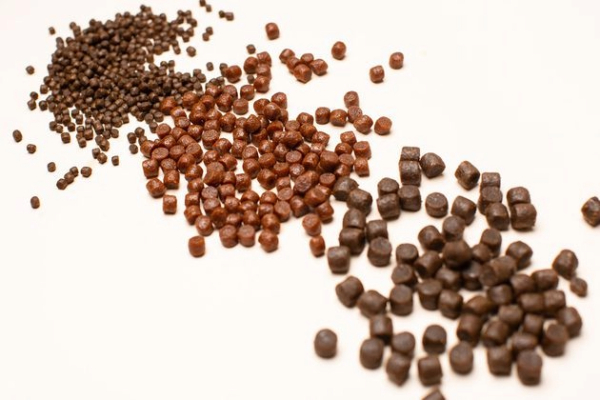
Aquafeeds
Consumers skeptical of insect and algae in salmon feed, study finds
Nofima research reveals consumer reservations about insect and algae-based salmon feed, emphasizing the need for greater awareness.
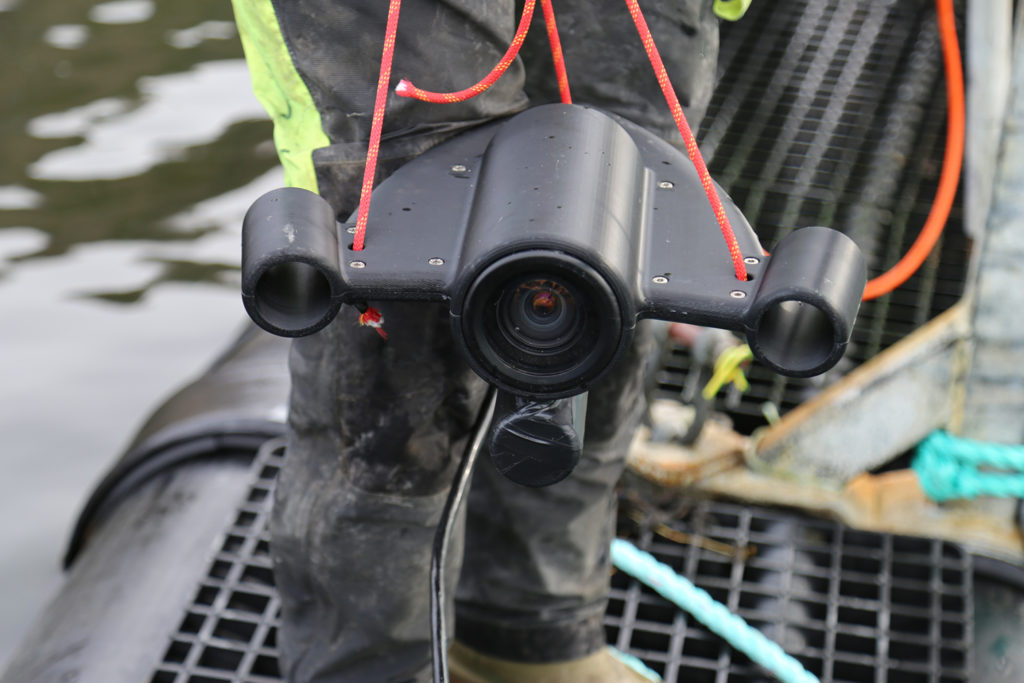
Innovation & Investment
New approaches to an age-old challenge: sea lice
Innovations to combat sea lice are in the pipeline as ambitious new companies employ a combination of innovative technological and scientific methods.



